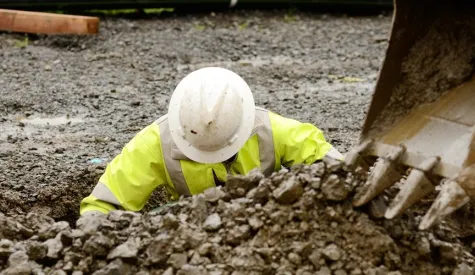Troubleshooting Silica Exposure

Here is what I would recommend to any employer looking for help with silica right now. Feel free to share this as you wish.
Federal OSHA is in the midst of new rulemaking for silica exposure. Primarily it involves the amount of silica that is/is not safe for respiratory exposure. There are current limits set, however, they haven’t been updated since 1971. To learn more about silica and the proposed update, here is an easy FAQ from OSHA.
Regarding training for employees who work with it now, I recommend two topics:
- Hazard Communication - Silica is a hazardous substance and Hazard Communication training employees provides employees what they need to know regarding working with a myriad of hazardous substances. If employees work with a hazardous substance, this training is mandatory.
- Respiratory Protection - Nearly all employees working with silica will need to be protected by the use of a respirator. If employees are wearing a respirator, this training is mandatory.
I feel strongly that employees need to know specifics about the hazards of silica, which would be a compliment and included with Hazard Communication Training by way of additional training and/or policy, procedures, etc. Here are fact sheets any employer can use and/or give to employees. There are fact sheets specific to type of jobs-this is great info.
If I were the employer, in order to protect my employees and cover my own liability long-term, I would set-up a medical monitoring program. This allows for adjustments to be made to work practices if monitoring shows exposure and creates a paper trail long-term for the employer showing their due diligence.
If I had never addressed this hazard before the top things I would do are:
Call my workers compensation insurance company and ask them to set you up with an Industrial Hygienist (IH). IH’s are the health-arm of safety engineering. Insurance companies often employ them, offer their services free to their insured or agreement with them at a discounted rate.
Once you have a relationship with an IH, I would have them do the following:
Conduct air monitoring for your most common jobs to determine silica exposure levels for your people:
- Help you select the right respirator for the type of exposure you have.
- Help you set up a respirator program (there are written requirements, fit testing requirements and medical evaluation requirements)
- Train employees on Hazard Communication as required by OSHA
- Train employees on Respiratory Protection as required by OSHA
- Enhance training to be specific to silica using OSHA Fact Sheets mentioned above.


